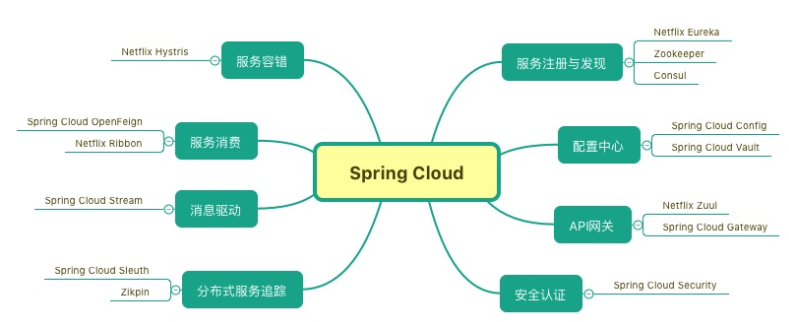原文链接: Go 语言中排序的 3 种方法
在写代码过程中,排序是经常会遇到的需求,本文会介绍三种常用的方法。
废话不多说,下面正文开始。
使用标准库
根据场景直接使用标准库中的方法,比如:
sort.Intssort.Float64ssort.Strings
举个例子:
s := []int{4, 2, 3, 1}
sort.Ints(s)
fmt.Println(s) // [1 2 3 4]
自定义比较器
使用 sort.Slice 方法排序时,可以自定义比较函数 less(i, j int) bool,这样就可以根据需要按不同的字段进行排序。
如果想要稳定排序的话,就使用 sort.SliceStable 方法。
举个例子:
family := []struct {
Name string
Age int
}{
{"Alice", 23},
{"David", 2},
{"Eve", 2},
{"Bob", 25},
}
// Sort by age, keeping original order or equal elements.
sort.SliceStable(family, func(i, j int) bool {
return family[i].Age < family[j].Age
})
fmt.Println(family) // [{David 2} {Eve 2} {Alice 23} {Bob 25}]
自定义数据结构
使用 sort.Sort 或者 sort.Stable 方法,它们可以对任意实现了 sort.Interface 的数据结构排序。
type Interface interface {
// Len is the number of elements in the collection.
Len() int
// Less reports whether the element with
// index i should sort before the element with index j.
Less(i, j int) bool
// Swap swaps the elements with indexes i and j.
Swap(i, j int)
}
意思就是说,只要某一个数据结构实现了 Len() int,Less(i, j int) bool 和 Swap(i, j int) 这三个方法,那么就可以使用 sort.Sort 来排序。
举个例子:
type Person struct {
Name string
Age int
}
// ByAge implements sort.Interface based on the Age field.
type ByAge []Person
func (a ByAge) Len() int { return len(a) }
func (a ByAge) Less(i, j int) bool { return a[i].Age < a[j].Age }
func (a ByAge) Swap(i, j int) { a[i], a[j] = a[j], a[i] }
func main() {
family := []Person{
{"Alice", 23},
{"Eve", 2},
{"Bob", 25},
}
sort.Sort(ByAge(family))
fmt.Println(family) // [{Eve 2} {Alice 23} {Bob 25}]
}
字典排序
我们都知道,字典是无序的,具体原因可以看之前写的这篇文章 Go 语言 map 如何顺序读取?
如果想要字典按 key 或者 value 排序的话,可以这样做。
m := map[string]int{"Alice": 2, "Cecil": 1, "Bob": 3}
keys := make([]string, 0, len(m))
for k := range m {
keys = append(keys, k)
}
sort.Strings(keys)
for _, k := range keys {
fmt.Println(k, m[k])
}
// Output:
// Alice 2
// Bob 3
// Cecil 1
以上就是本文的全部内容,如果觉得还不错的话欢迎点赞,转发和关注,感谢支持。
参考文章:
- https://yourbasic.org/golang/how-to-sort-in-go/#performance-and-implementation
推荐阅读:
- Go 语言 map 是并发安全的吗?
- Go 语言切片是如何扩容的?
- Go 语言数组和切片的区别
- Go 语言 new 和 make 关键字的区别
- 为什么 Go 不支持 []T 转换为 []interface
- 为什么 Go 语言 struct 要使用 tags
© 版权声明
本站所有资源来自于网络,仅供学习与参考,请勿用于商业用途,否则产生的一切后果将由您(转载者)自己承担!
如有侵犯您的版权,请及时联系3500663466#qq.com(#换@),我们将第一时间删除本站数据。
如有侵犯您的版权,请及时联系3500663466#qq.com(#换@),我们将第一时间删除本站数据。
THE END













暂无评论内容